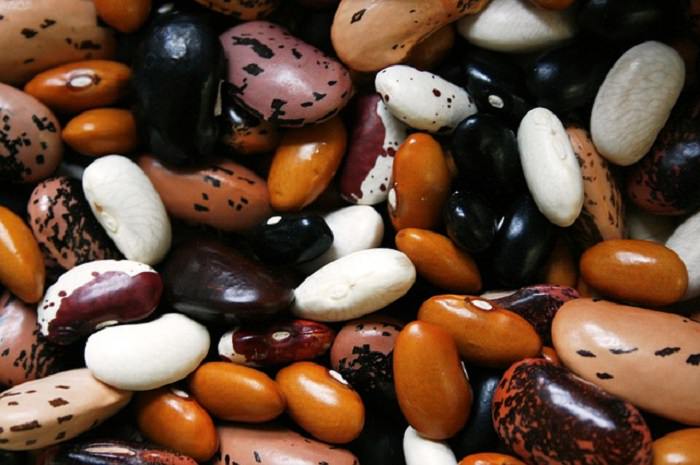List of 10 Ingredients You Should Eat
THIS IS ONLY FOR INFORMATION, ALWAYS CONSULT YOUR PHYSICIAN BEFORE HAVING ANY PARTICULAR FOOD/ MEDICATION/EXERCISE/OTHER REMEDIES.
FOR INFO ABOUT KNEE REPLACEMENT, YOU CAN VIEW MY BLOG
HTTP://KNEE REPLACEMENT-STICK CLUB.BLOGSPOT.COM/FOR CROCHET DESIGNS- http://My Crochet Creations.blogspot.com/
| When
having to deal with managing blood sugar levels, obsessing over
everything you can't have may seem like your best option. But while it
is certainly important to limit foods like white, refined breads, pasta
and fried fatty foods, paying attention to what you should eat is just
as vital. The list of ingredients below have been singled out by numerous nutritionists and diabetes experts. What makes these foods exceptionally great is that they are packed with four healthy nutrients: fiber, omega-3s, calcium and vitamin D, all of which are essential to a diabetic. They're also incredibly versatile. You can add them to your meals, eat them as stand-alone snacks, or add them to recipes. Let's take a look: |
||||||||||||||||||||||
|
1. Beans |
||||||||||||||||||||||

|
||||||||||||||||||||||
|
Besides being high in fiber,
beans contain plant compounds that help you feel full, provide steady
blood sugar and are low in cholesterol. And while not packed in calcium,
you'll get a good enough dose. 1/2 a cup of white beans will get you
almost 100mg of calcium, making up about 10% of your daily intake. Beans
are also an excellent source of protein, and unlike red meat, are low
in saturated fat. Use: Beans can be added to salads, soups, chili and more. There's a variety of beans available, so you're not restricted to eating the same type twice. |
||||||||||||||||||||||
|
2. Dairy |
||||||||||||||||||||||
|
For a rich source of calcium
and vitamin D, diabetics should certainly include dairy foods like milk,
cottage cheese and yogurt in their diet. In fact, one study found that
women who consumed more than 1,200 mg of calcium and more than 800 IU
(International Units) of vitamin D a day were 33% less likely to develop
diabetes than those not taking enough. Best opt for low-fat versions,
as the regular kinds may contain a lot of saturated fat. Use: Opt for yogurt or cottage cheese as a snack or dessert, and use milk to make oatmeal or to thicken soups. |
||||||||||||||||||||||
|
3. Barley |
||||||||||||||||||||||

|
||||||||||||||||||||||
|
Barley is rich in a special
kind of soluble fiber called beta-glucan, which according to research,
can lower total and LDL cholesterol by preventing your body's ability to
absorb it. One review found that consuming just 3 grams a day (a single
serving of barley) can lower cholesterol by 8%. As a result of its high
fiber content, barley can also help steady your blood sugar. The grain
also contains a modest amount of calcium. Use: Opt for hulled barley as it isn't as refined as pearl barley. Soak it overnight, then add to soups, stews or rice pilaf. |
||||||||||||||||||||||
|
4. Oats |
||||||||||||||||||||||
|
Aside from containing an
essential source of fiber content (a half cup provides 4g), oats help
lower LDL cholesterol and improve insulin resistance. The soluble fiber
in oats slows the rate at which your body can break down and absorbs
carbohydrates, enabling your blood sugar levels to stay stable. Use: Eat oats every morning as part of your breakfast. You can also sneak it into all kinds of recipes from pancakes to meat loaf and cookies too.
|
Labels: barley, beans, berries, calcium, dairy products, dark leafy greens, dates, flax seeds, high fibre diet, monosaturated fat, oats, peanut butter, reduces risk of diabetes, walnut

0 Comments:
Post a Comment
<< Home